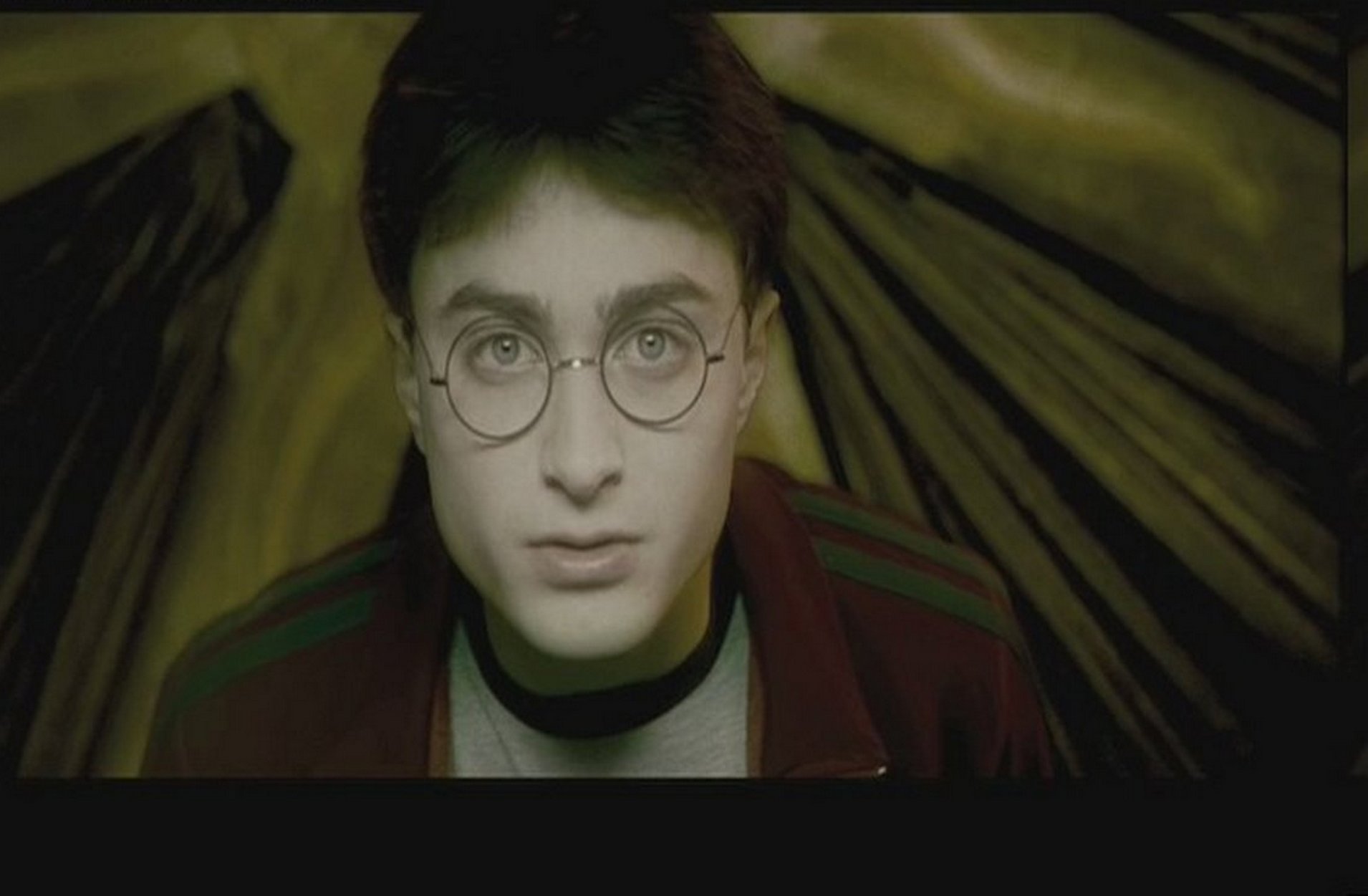

5, “The Half-Blood Prince” was to be the penultimate film, the corollary to the J. Surgically adapted by Steve Kloves, who has written all the screenplays save for No. The series is now almost as old (it took off in 2001) as Harry was when he started his journey, which found the orphan whisked after his 11th birthday from a cramped, tragic nook to Hogwarts, a school of witchcraft and wizardry in a parallel world teeming with wondrous creatures, including an embarrassment of lavishly talented British screen actors. That any sense of play and pleasure remains amid all the doom and the dust, the poisonous potions and murderous sentiments, is partly a testament to the remarkable sturdiness of this movie franchise, which has transformed in subtle and obvious fashion, changing in tandem with the sprouting bodies and slowly evolving personalities of its young, now teenage characters.


Not that the director, David Yates, doesn’t keep things moving and flying and soaring, his cameras slashing through the gloom that has settled onto this epic endeavor like a damp, enveloping fog and at times threatened to snuff out its joy as terminally as a soul-sucking Dementor. “Harry Potter and the Half-Blood Prince,” the latest big-screen iteration of the global phenomenon, is merely the sixth chapter in a now eight-part series that, much like its young hero, played by Daniel Radcliffe, has begun to show signs of stress around the edges, a bit of fatigue, or maybe that’s just my gnawing impatience.


 0 kommentar(er)
0 kommentar(er)
